See also: training on an empty stomach
Although cases of prolonged fasting due to lack of food are extremely rare in our society, voluntary food deprivation is often undertaken for political, social or religious reasons. Since man can survive absolute fasting for about 24-30 days, the body's physiological response to this deprivation can be divided into 4 phases, respectively called the post-absorption period, short fasting, medium fasting and prolonged fasting.
Metabolic changes induced by fasting
Post-absorption period. It occurs a few hours after the last food intake, as soon as the foods introduced in the last meal have been completely absorbed by the small intestine. On average it lasts three or four hours, followed, under normal conditions, by an ingestion of food that breaks the temporary state of fasting.

Short-term fasting. In the first 24 hours of food deprivation, metabolism is supported by the oxidation of triglycerides and glucose deposited in the liver in the form of glycogen. Over time, given the modest amount of hepatic glycogen stores, most of the tissues ( muscle, heart, kidney, etc.) adapts to use mainly fatty acids, saving glucose. The latter will be destined above all to the brain and anaerobic tissues such as red blood cells which, in order to "survive", absolutely need glucose (they cannot , in fact, use fatty acids for energy purposes). Under similar conditions, the cerebral demands for glucose amount to 4 g / hour, while those of the anaerobic tissues amount to 1.5 g / hour. Since the liver cannot obtain more than 3 g of glucose per hour from glycogenolysis, it is forced to activate an "emergency" metabolic pathway, called gluconeogenesis. This process consists in the production of glucose from amino acids.
Fasting of medium duration. If the food deprivation lasts beyond 24 hours, the action described in the adaptation phase continues with a progressive accentuation of gluconeogenesis. The amino acids necessary to satisfy this process derive from the degradation of muscle proteins. Since there are no protein deposits in the body. to be used for energy purposes, the body, in order to survive the fast, is therefore forced to "cannibalize" its muscles. This process is accompanied by an inevitable reduction in muscle mass, with the consequent appearance of weakness and apathy.
In the initial stages, gluconeogenesis is able to produce even over 100 g of glucose per day, but soon the efficiency of this process decreases to about 75 g / day. Unlike the first, this quantity is no longer sufficient to guarantee an adequate supply of glucose to the brain. This organ is therefore forced to make more and more use of ketone bodies, three water-soluble molecules deriving from the oxidation of fats in conditions of glucose deficiency. The overproduction of ketone bodies (ketosis) , while prolonging the survival of the organism by a few days, it causes an "important increase in" blood acidity.
In fasting of medium duration, which extends up to the twenty-fourth day of food deprivation, the recourse of other tissues to lipid oxidation increases more and more, in a general perspective of maximum saving of blood glucose.
Prolonged fasting and death. This phase begins when the fast lasts beyond the 24th day. The body has now exploited all the protein resources, including plasma proteins (reduction of albumin concentration in the blood → passage of plasma into the intracellular spaces → dehydration and the appearance of edema). The cocktail of ketosis, lowering of the immune defenses, dehydration and reduced respiratory efficiency (given by the catabolism of the proteins of the diaphragm and intercostal muscles) condemns the individual to an unfortunate fate.
Fasting - is it good or bad?
Many people resort to fasting driven by fashions, advertising or food and health beliefs that are at least questionable. Voluntary abstinence from food intake is understood, in these cases, as a moment of physical purification, aimed at eliminating toxins accumulated due to an incorrect diet.
To analyze the question, after having broadly described its biochemical aspects, we can start from two assumptions. The first, irrefutable, is that we have plenty of food available, a high-calorie food that is often the basis of obesity; in short, we eat too much and the consequences are there for all to see: overeating and a sedentary lifestyle are among the very first causes. of death in industrialized countries, including Italy. The second point is that a "moderately low-calorie diet, summarized in the Japanese saying" hara hachi bu "(get up from the table with an 80% full stomach), is one of the best strategies for living longer and healthier.
While many people should cut down on their food intake, there is no need to resort to extreme solutions such as prohibitive diets or fasting. Instead, as our grandparents used to say, it is enough to get up from the table when you are still a little hungry and keep in mind that a little exercise never hurts.
Fasting, similar to physical activity, is a stress for the body. The difference is that, while sport leads to an improvement in organic abilities, fasting moves in the opposite direction. The lack and prolonged intake of nutrients reduces the muscle mass and the basal metabolism (up to 40% in extreme cases), the mind becomes cloudy and a global state of debilitation arises, characterized by a decrease in muscle strength and ability to concentrate. All this has nothing therapeutic or detoxifying, on the contrary ...
Partial or attenuated fasting, on the other hand, could have positive implications, as long as it is applied rationally. After a Christmas dinner, for example, it is useful to follow a low-calorie diet rich in liquids and vegetables for two or three days. The important thing is to associate these foods with a certain amount of proteins, perhaps obtained from lean fish (usually easy to digest), and fats, for example by consuming a handful of dried fruit. In this way you avoid "cannibalizing your muscles. "and to depress their metabolism excessively and then pay the consequences. This" last point must "also be clear to those who resort to fasting in extremis to lose weight in view of the costume test. A few pounds, in fact, you can also lose but the amount of energy associated with each unit of weight lost is very low. In other words, weight loss is mainly linked to increased diuresis and muscle catabolism induced by prolonged fasting.

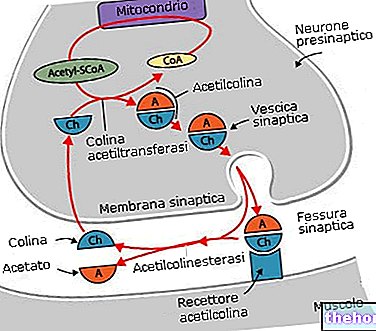
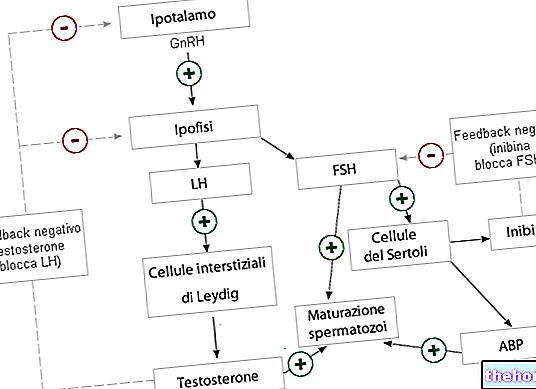
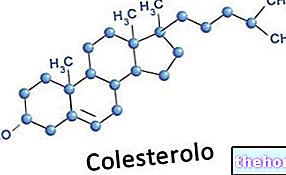
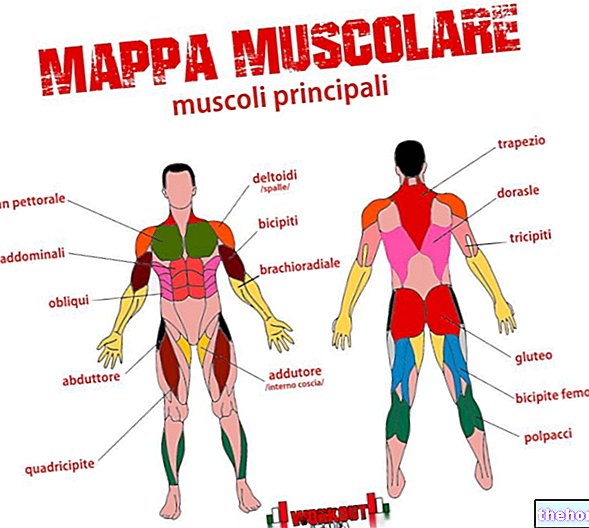
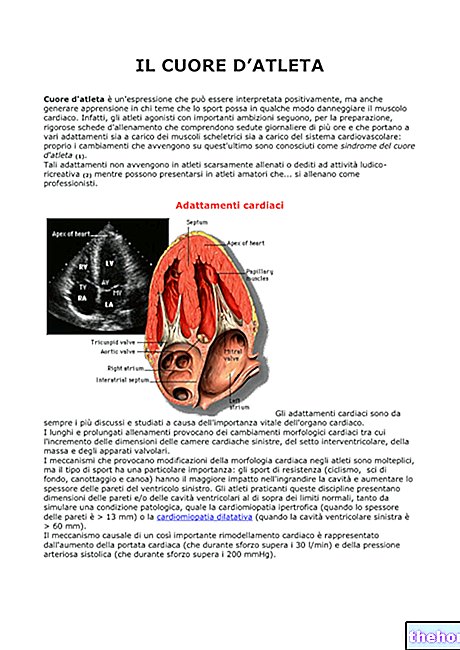
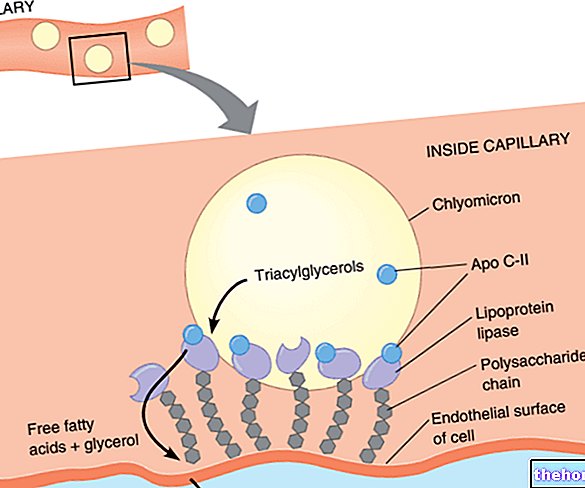









.jpg)











